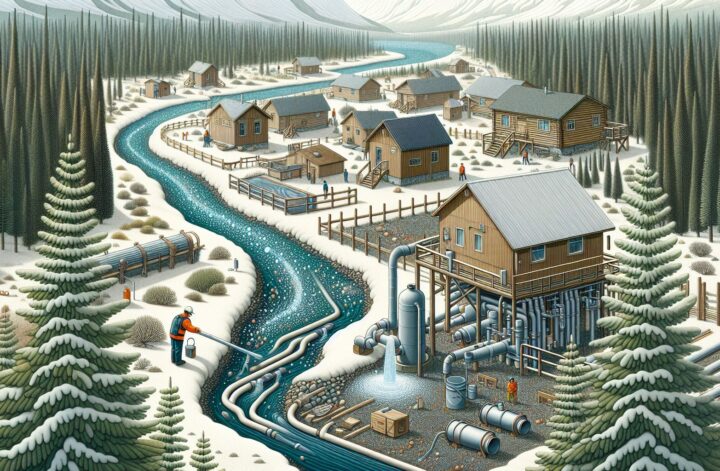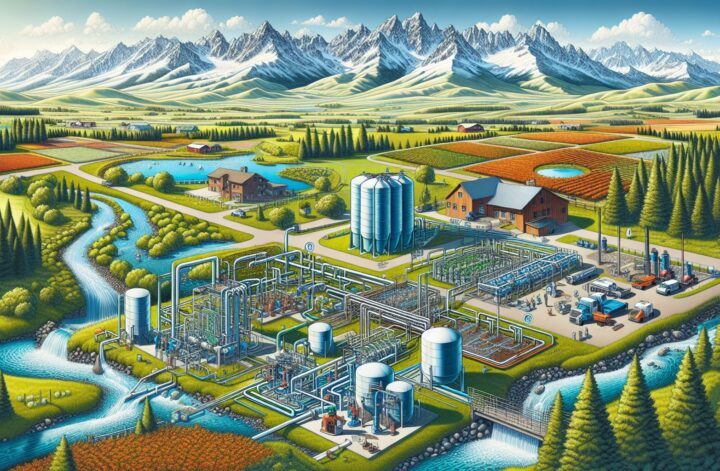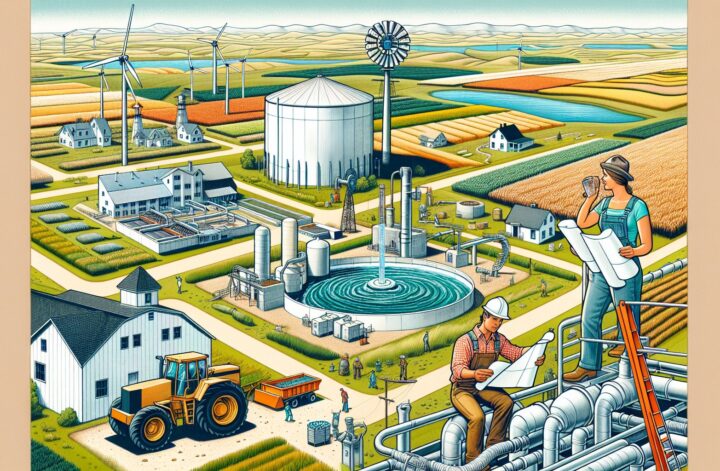Alaska, the largest and one of the most sparsely populated U.S. states, presents unique challenges in setting up and maintaining rural water and wastewater systems. Despite these challenges, various organizations and government bodies are engaged in building, improving, and maintaining these systems.
Alaska’s vast terrain, harsh climate, and dispersed communities pose significant logistical challenges for water and wastewater systems. In many areas, the traditional infrastructure that works in more densely populated regions isn’t viable. Residents often rely on decentralized systems, including wells for drinking water and septic tanks for wastewater. In some remote communities, household water usage is as low as 5 gallons per day, far below the US average of 100 gallons, due to the high energy and financial costs associated with water provision^[1^].
The Alaska Department of Environmental Conservation (ADEC) oversees the provision of safe drinking water and the sanitary disposal of sewage. The ADEC’s Village Safe Water (VSW) Program provides financial and technical assistance to rural Alaskan communities for water and wastewater projects. Over the years, this program has helped develop various systems, including piped systems, haul systems, and individual wells and septic systems^[2^].
The Arctic Research Center has been involved in projects focused on understanding the state and future of water and sanitation in Alaska’s Arctic communities. These findings are vital to formulating strategies to deal with the health risks associated with inadequate water and sanitation facilities^[3^].
Federal assistance through the U.S. Department of Agriculture’s Rural Utilities Service and the Environmental Protection Agency also plays a vital role in improving Alaska’s rural water and wastewater systems.
While significant improvements have been made over the past few decades, many Alaskan communities still lack access to safe and reliable drinking water and wastewater services. Further investments and innovative solutions are required to ensure clean water and sanitation for all residents of rural Alaska.
In the face of climate change, this struggle for access to basic amenities like clean water and sanitation highlights the environmental justice issues at play. The lessons learned from Alaska’s unique experience could hold valuable insights for rural communities worldwide facing similar struggles due to geographic isolation, harsh environments, and unique local conditions.
References
[1] Goldsmith, Scott. “The Status of Alaska’s Community Database and Measures of Community Health.” Institute of Social and Economic Research, University of Alaska Anchorage, 2006, www.iser.uaa.alaska.edu/Publications/cdbrpt.pdf.
[2] “Village Safe Water Program.” Alaska Department of Environmental Conservation, 2020, dec.alaska.gov/water/village-safe-water/.
[3] “Water and Sanitation.” Arctic Research Center, 2021, www.arcus.org/research-area/water-and-sanitation.




